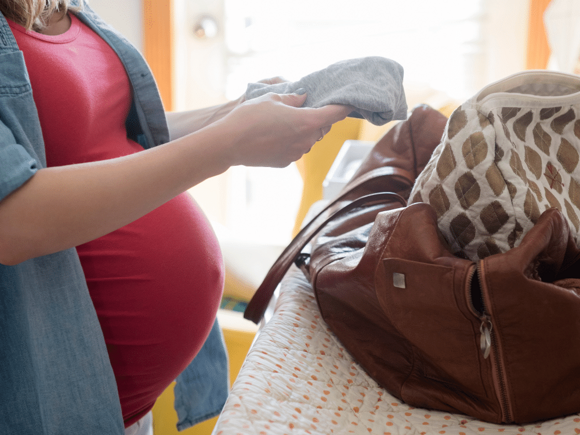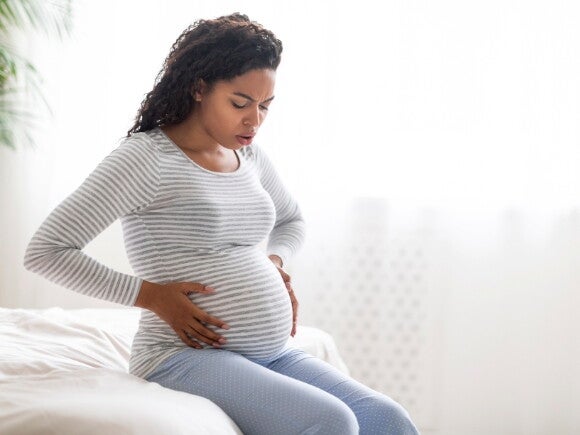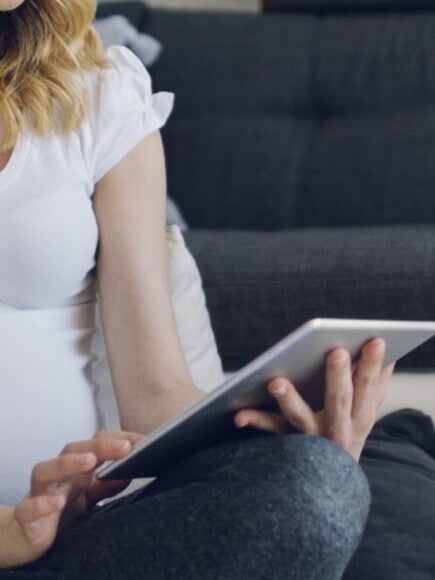A caesarean section (otherwise referred to as a c-section, caesarean or caesar) is a medical procedure where a baby is born through an incision (cut) made in the mother’s abdomen and womb. There may be several reasons why you and your doctor decide to have an elective (planned) caesarean including breech birth, problems with the placenta, or if you’re having a multiple birth (i.e. twins, triplets). Some women may also choose to have a caesarean section where this is no medical reason. Discuss your options with your healthcare professional who can talk to you more about your personal situation and preferences. They can also talk to you about the risks and possible complications.
Here are a few things to consider about an elective c-section:
- Ask about your options for c-section pain medication and anesthesia.
- If you are at high risk of blood clots you may be required to wear compression stockings either during and/or after surgery.
- No matter which anesthetic is used, skin-to-skin contact with your baby will be important as soon as possible to enhance bonding and establishment of breastfeeding. Speak with the midwife or a lactation consultant about the most comfortable ways to hold your baby while breastfeeding (considering your wound area).
- Some babies may be taken to the special care nursery (SCN) for a period of time if they are unwell.
- Be prepared to stay in hospital for up to 3-5 days afterwards. This can vary depending on the hospital and how you recover from the surgery.
- If you’re considering having a c-section, discuss your options with your healthcare professional who can talk to you more about your personal situation and if a caesarean is right for you. They can talk to you about the risks and possible complications if you’re having the procedure for non-medical reasons.
- Consider a C-section if you’re expecting multiple babies (twins, triplets).
- Consider that the post-birth recovery for a caesar is longer than the recovery period for a vaginal birth, usually around six weeks. During this time you shouldn’t lift anything heavier than your baby. You also won’t be able to drive for a period and should speak to your healthcare professional about when it is safe to drive again.
- As a c-section is a surgical procedure, there will likely be some pain post operation. This can usually be managed with standard pain relief.
- There is a higher chance that for subsequent births you may also need a caesarean section. This is a discussion that can be had with your healthcare professional and will depend on individual circumstances.
- Talk to other mums who have had a c-section. Experiences can often be different to what you expect.
- Read our c-section recovery checklist for things to think about after the op.
No matter how you decide to deliver your baby, pre-birth exercises to strengthen pelvic and stomach muscles are recommended to reduce incontinence post pregnancy. Talk to a physiotherapist or your doctor about safe pelvic floor exercises.



